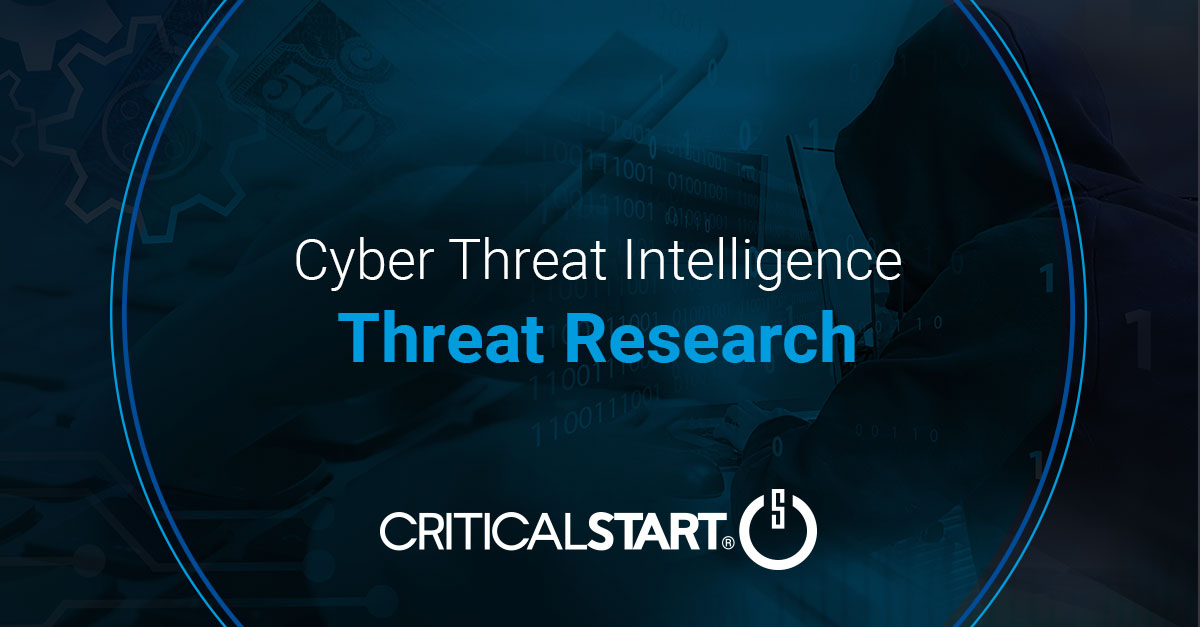Cyber Tides: Recent DDoS Attacks and Holiday Implications

Background
The digital age has transformed how we shop, communicate, and do business, making our world more interconnected. This increased interconnectivity, however, has also heightened our vulnerability to cyber threats. One such threat is Distributed Denial of Service (DDoS) attacks, which inundate target web services with an excessive volume of traffic, effectively rendering them inaccessible. The recent upsurge in DDoS attacks has sparked concerns, especially with the holiday season on the horizon, as these attacks could potentially disrupt the festive period.
Introduction
A recent cyberattack on Viking Line also impacted other major shipping companies across Europe and has drawn attention to the critical issue of cybersecurity within the maritime industry. The attack was identified as a Distributed Denial of Service (DDoS) assault, which overwhelmed the target’s online services with excessive traffic, causing websites and systems to go offline. While Viking Line acknowledged the attack, they did not provide detailed information regarding the incident. A study conducted by a law firm emphasized that the shipping industry is increasingly vulnerable to cybercriminal activities. It has experienced a surge in ransomware attacks, with ransom demands rising by a staggering 350% over the past year. The reliance on technology, from ship networks to offshore installations and control centers, has expanded, presenting more opportunities for cybersecurity breaches. The industry’s vulnerability to cyber threats, as seen in the Viking Line cyberattack, necessitates proactive measures to safeguard sensitive data, infrastructure, and operations.
Impacts of DDoS Attacks
DDoS attacks, while not new, have evolved over the years and continue to pose a significant threat to various sectors, including shipping and logistics. The impacts of such attacks can be far-reaching, affecting not only the targeted organizations but also their customers and partners. The consequences of a successful DDoS attack can include:
1. Disruption of Operations: DDoS attacks can overwhelm a company’s IT infrastructure, causing a temporary or prolonged disruption in their ability to provide services, manage shipments, or communicate with clients and partners.
2. Financial Losses: The downtime resulting from a DDoS attack can translate into substantial financial losses. Businesses may suffer from revenue reduction, additional costs for recovery, and potential compensation to affected clients.
3. Damage to Reputation: DDoS attacks can tarnish a company’s reputation. Customers may lose trust in a service provider that cannot ensure the uninterrupted delivery of their goods, potentially leading to long-term damage to brand image.
4. Security Vulnerabilities: DDoS attacks can serve as diversions, distracting IT teams from other potential cyber threats. This could expose an organization to other forms of cyberattacks while they are busy mitigating the DDoS attack.
Holiday Implications
The proximity of the holiday season has heightened concerns regarding the recent DDoS attack targeting shipping companies and its potential repercussions on the punctual delivery of goods and services. This festive period typically witnesses a surge in consumer demand, and businesses worldwide heavily depend on efficient shipping and logistics to cater to this heightened demand. Any disruption during this crucial season can lead to delayed deliveries, inventory shortages, customer dissatisfaction, and heightened security concerns, underscoring the necessity for robust cybersecurity measures and uninterrupted service delivery during this period.
Preventative Measures and Resilience
The recent DDoS attack on shipping companies underscores the persistent nature of cyber threats and their potential to impact critical sectors of the economy. To mitigate the risks associated with DDoS attacks, companies should adopt the following preventative measures:
- Robust Cybersecurity Solutions: Implement advanced DDoS mitigation solutions and security measures to fortify defenses against such attacks.
- Regular Training: Educate employees about the risks posed by cyber threats and equip them with the knowledge to identify and respond to potential security incidents.
- Incident Response Plans: Develop comprehensive incident response plans to minimize downtime and financial losses in the event of an attack, ensuring a swift and coordinated response.
- Third-Party Vetting: Evaluate the cybersecurity measures in place for third-party partners, including shipping and logistics providers, to guarantee their readiness in dealing with cyber threats and maintaining the security of critical operations.
Conclusion
The digital age has brought unparalleled connectivity to our lives, but it has also exposed us to the growing menace of DDoS attacks, exemplified by recent incidents in the shipping industry. As we approach the holiday season, the potential impact on the timely delivery of goods and services becomes a pressing concern. DDoS attacks are not only disruptive but also financially damaging, magnifying the implications during a surge in consumer demand. To mitigate these threats, organizations must implement robust cybersecurity measures, educate their employees, develop incident response plans, and carefully vet third-party partners. These actions will not only defend against DDoS attacks but also foster resilience in the face of evolving cyber threats, ensuring the smooth flow of goods and services and maintaining the trust of customers.
__________________________________________________________________________
CRITICALSTART® offers a pioneering solution to modern organizational challenges in aligning cyber protection with risk appetite through its Cyber Operations Risk & Response™ platform, award-winning Managed Detection and Response (MDR) services, and a dedicated human-led risk and security team. By providing continuous monitoring, mitigation, maturity assessments, and comprehensive threat intelligence research, they enable businesses to proactively protect critical assets with measurable ROI. Critical Start’s comprehensive approach allows organizations to achieve the highest level of cyber risk reduction for every dollar invested, aligning with their desired levels of risk tolerance.
References
RESOURCE CATEGORIES
- Buyer's Guides(1)
- Consumer Education(39)
- Consumer Stories(2)
- Cybersecurity Consulting(4)
- Data Breaches(15)
- Data Privacy(43)
- Incident Response(2)
- Interview(51)
- MDR Services(59)
- MobileSOC(6)
- News(5)
- Press Release(101)
- Research Report(9)
- Security Assessments(2)
- Thought Leadership(19)
- Threat Hunting(3)
- Video(1)
- Vulnerability Disclosure(1)
